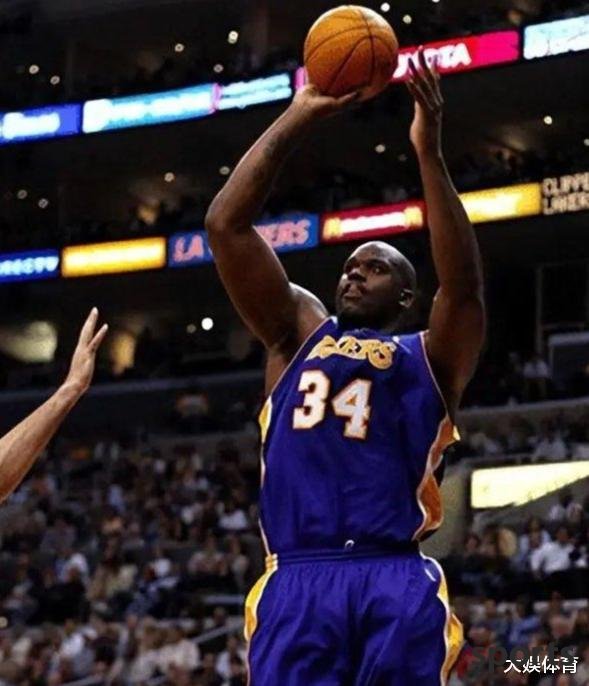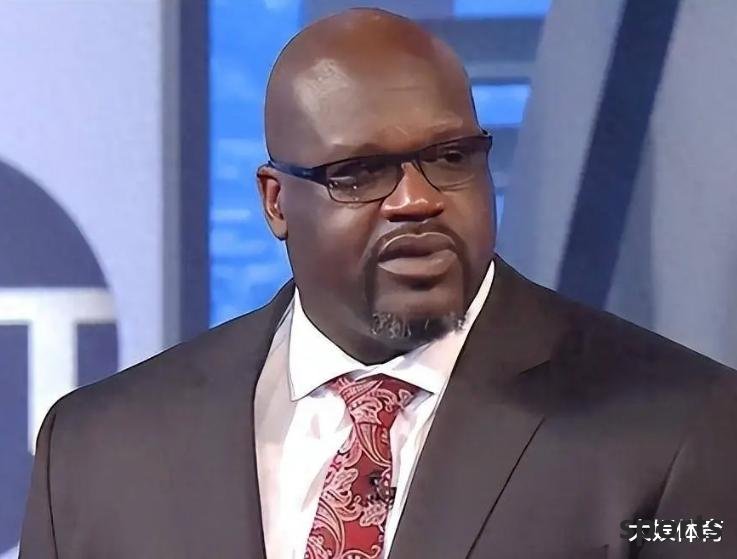O Neal can dominate in the small ball era? He is not suitable and will not perform at the dominant level
2:17am, 4 July 2025Basketball
On July 2, there has been fierce debate in the basketball world about whether Shaquille O'Neal can perform in the dominant performance in today's small ball era. This legendary center, who is 2.16 meters tall and weighs more than 147 kilograms at its peak, once established an unshakable inside hegemony in the traditional basketball era. However, in the face of modern basketball's emphasis on space, speed and three-pointers, we need to conduct objective analysis from multiple dimensions.
**O's technical characteristics and adaptability to the times**
From a technical perspective, O'Neal has the top low-level destructive power in history. His back-to-back single success rate is as high as 58.7% (2000 playoff data), and his average penalty area score per game remains above 18 points all year round. This inside lethality is a scarce resource in any era. Although modern centers such as Jokic and Embiid are comprehensive in technology, their purely low-post destructive power is still far from the peak "Shark". His career 60.2% shooting percentage (second in history) proves his horrible ending efficiency.
However, O'Neal's shortcomings will be magnified in modern basketball environments. First, his free throw percentage is only 52.7%, and under the rules that are more easily implemented by the "shark-cutting tactics" (no fouls without the ball in the last two minutes), the team may adopt a foul strategy earlier. Second, his defensive coverage is limited, modern pick-and-roll tactics will force him to switch to the outside line frequently, and the movement problems exposed during the 2001 playoffs against Iverson will be more obvious at the pace of the day.
**The influence of modern tactical systems**
The core of the small ball era is space utilization. Contemporary teams averaged three-point shots per game soared from 13.7 times in 2000 to 34.2 times in 2024, and all five positions on the field need to be projected threats. O'Neal has only tried 22 three-pointers in his career and missed all shots. This spatial attribute will seriously restrict the team's tactical arrangement. Referring to the case where Rudy Gobert was targeted in the playoffs, heavy centers who lack shooting ability do face challenges.

But it is worth noting that O'Neal is not a "space blocker" in the traditional sense. He showed excellent support during his time as the Lakers (average of 3.8 assists per game in 2000), and was able to serve as the tactical axis in the triangular offensive system. If you pair it with four shooters with a three-point shooting percentage of more than 39% (such as Curry and Thompson types), you can theoretically build a "one inside and four outside" variant small ball system. The role of Marc Gasol when the Raptors won the 2019 championship may be used as a reference.
**Sports and game rhythm**
The offense and defense rhythm of the modern NBA has increased from 90.3 in 2000 to 99.3 in 2023, which is a huge test for the physical fitness of the large-weight center. O'Neal averaged about 2.1 kilometers of running distances in 2000, while Jokic reached 2.8 kilometers in 2023. However, it should be distinguished that O'Neal's "slow" is more reflected in the speed of returning to defense on the defensive end, and his ability to quickly fall on the offensive end is seriously underestimated - in 2000, the Lakers ranked fourth in the fast break in the league, O'Neal averaged 3.7 points per game through fast break, which is better than most defenders in the same period. The double impact of the evolution of the rules**
**The three-second defense rule has indeed weakened the traditional center's defense defense, but we must also see changes that are beneficial to O'Neal: after the cancellation of illegal defense in 2001, the legalization of joint defense actually makes double-teaming easier to predict; the abolition of the hand-checking rule makes it more difficult for outside players to interfere with their catch. More importantly, today's stricter vertical jump rules (forbidding defenders to move sideways in the air) will make O'Neal's dunk more destructive, similar to Antetokounmpo's attacking basket threatening but weighing 45 kilograms more. The deduction results of the data model**
ESPN's cross-age data model shows that the peak O'Neal (1999-00 season) is translated to the 2023-24 season, and is expected to contribute an average of 28.6 points, 12.8 rebounds, 3.5 assists and 2.8 blocks per game, with a real shooting percentage of 61.3%. Although this figure is lower than its actual 29.7 points in 2000, it is still better than any center output in 2023. The model specifically points out that modern, more scientific load management (such as rotational rest systems) may extend its peak period.

**Reference value of historical cases**
Observing the performance of players of similar sizes is of reference: In the 2016 playoffs, Dwight Howard, who weighed 129 kg, was still able to hand in 16.4 points and 14 rebounds against the Warriors' small ball lineup; in the 2020 playoffs, Anthony Davis, who weighed 124 kg, averaged 27.7 points per game with a shooting percentage of 57.1%. These cases show that large-scale insiders with top athletic abilities are still lethal in the small ball era.
**Business Value and Team Building Logic**
From a non-competitive perspective, O'Neal's box office appeal may change the team's team building strategy. His team's ratings have increased by more than 30% year-on-year, and this commercial value will make management more willing to form a lineup around its characteristics. Just as the Mavericks equipped Doncic with a specific role player, it is entirely possible to give birth to a "anti-small ball" winning lineup - in fact, the Nuggets' championship victory in 2023 has proven that when the super center has the ability to respond, the traditional lineup is still competitive.
Overall, it may be difficult for O'Neal to replicate the absolute dominance of three consecutive championships in the small ball era, but it is unfair to simply classify it as "unfiting". A more accurate positioning should be: the tactical core that requires specific lineup support (four high-quality shooters + defensive forwards), and its inside deterrence can still ensure the team's lower limit (at least the second round of the playoffs), and after targeted reinforcement, it has the ability to compete for the championship. The diversity of modern basketball just proves that there is no absolute tactical truth, only the maximum utilization of player characteristics. A historical talent like O'Neal will find his own way of ruling in any era.
bóng đá 7mRelated Posts
- Lei Media showed that Caruso blocked Huazi: The ignored defensive netizens joked: To prevent SGA, you must 8 free throws
- Simmons: Green Army fans are top fans and enjoy playing in the home arena
- Rockets, Warriors and Suns’ trading quotation plan!
- Warriors self-media forwards Giddy s contract renewal: Kumingga and the Warriors are still in trouble, 20 days left before training camp
- What are the most failed transfer cases in the NBA
- Meiji suggests that the Lakers will introduce genius centers after the transaction of 10 billion yuan.
- Nash: Amen s transition to point guard has made amazing progress at the beginning of the season. It s a pleasure to watch him play.
- NBA official correction of Popovich s coaching record: The legend and inheritance of the first coach in history
- Thibodeau s mentor! Wen Pang: The Knicks should ask Van Gundy to come out
